Latest Posts
Intel 10nm processor has already considered to include the native support of Thunderbolt 3. So there are no technological problems for USB 4 native support
The USB interface is the widely used transmission interface. Whatever charging or delivering data, USB interface has played a significant part on the present PC and mobile devices. In the long-term development, USB has continued to improve its speed and charge power, bringing the new standard upgradation from the generation and generation. Now, the speed standard of USB interface has developed into USB 3.2 and USB 4. So what upgradation these two standards will bring? Today, we are ready to sort out these content together.
Known as the most successful data interface in the world, USB has undergone many generations from the USB 1.0 generation and interface of 1.5Mbps data transmission. There are USB1.0, USB 2.0, USB 3.0 and other specifications. The interface shape and design include USB Type-A, USB Type-B and the common USB Type-C. At present, USB-IF organization has released the new USB 3.2 standard and the future USB 4 where some changes have taken place in the speed and specifications. Let’s have a look.
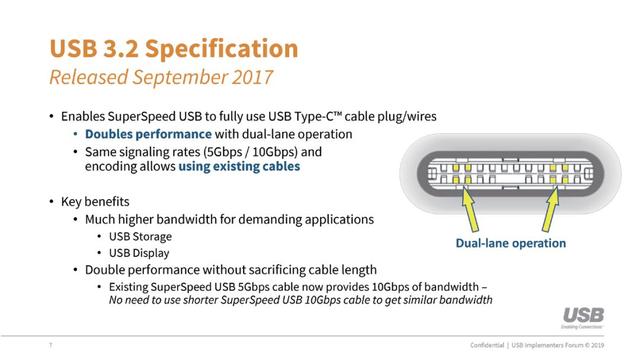
IF includes all USB names into USB 3.2
Does the USB 3.2 makes people confused or understood?
The USB 3.2 is the latest standard released by USB-IF organization in September of 2017. In terms of technology, USB 3.2 is the improvement and supplement of USB 3.1. The main change of USB 3.2 is to reach 20Gbps speed and use Type-C interface from USB 3.1 generation instead of the interface of Type-A and Type-B.
The reason why the USB 3.2 has remained the Type-C interface and phased out the other two interfaces is that the interfaces of Type-A and Type-C haven’t met the demand of market as the development of technology and products. Specifically, owing to the two interfaces designed earlier, the improvements of sizes and physical characteristics are in vain. There exists many shortcomings, including relatively large volume, plugging direction, insufficient reliability, weak compatibility, poor power supply capacity and so on.
At the same time, Type-C interface has improved the physical structure and significantly changed this situation. The Type-C interface adopts reliable and non-directional plug. And, all signal pins are designed in the center of interface, which have been symmetrically arranged 12 both in the front and the back. Each group having 12 sign interfaces includes grounds, USB 2.0 data signal, USB high-speed signal, power signal, sideband signal which is not traditional signal, etc.
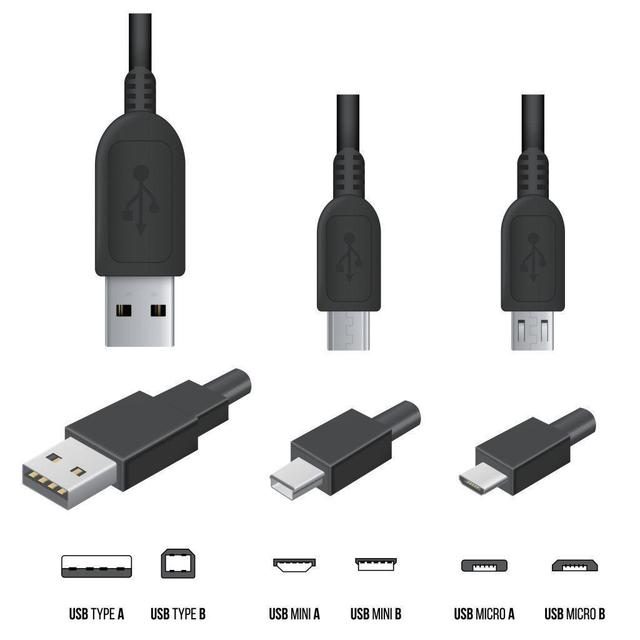
The three popular interfaces of USB
In terms of durability, the main stressed member of Type-C interface is the external metal shell whose intensity is high and not easy to damage. The central data channel is protected by cambered shell and not easy to damage. According to design requirements, USB Type-C can maintain excellent without damage over 10000 plugs. And, USB Type-C can be used at least ten years according to plug three times a day.
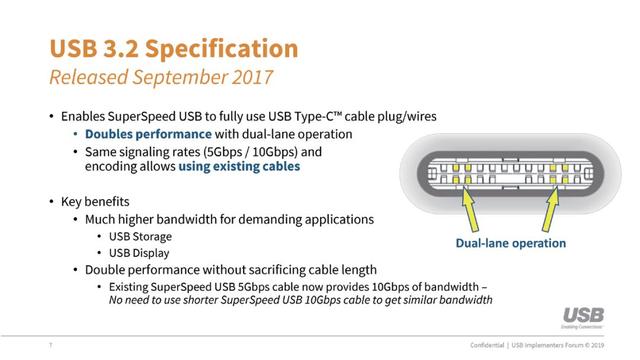
Type-C interface contacts are more, including all the pins of the previous USB interface.
In addition, in terms of power supply, due to the specific design of power supply line, Type-C can achieve five different configurations, including the most traditional 5V@2A solution that is 10W, the new 12V@1.5A solution that is 36W, 20V@3A that is 60W and the largest 20V5A that is 100W, which is hard to achieve in the old interface.
After undergoing the transition from USB 3.0 to USB 3.1, USB Type-C has gradually become more and more popular among users. On the basis of USB 3.2, USB-IF decides to abandon USB Type-A and USB Type-B interface with old design and weak functions. And, it tries its best to launch the latest USB Type-C and takes full advantage of all characteristics of USB Type-C to improve transmission speed.
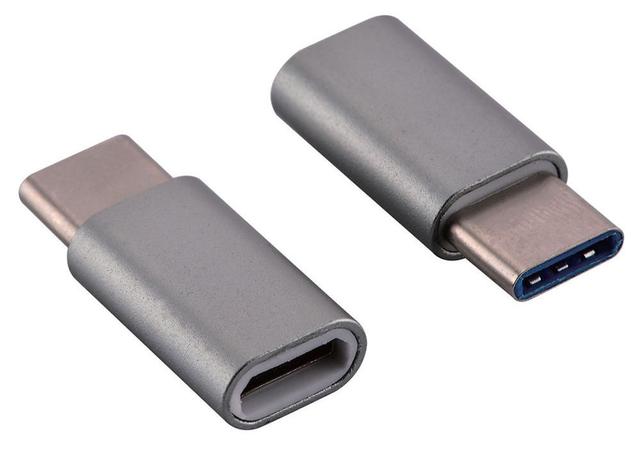
Type-C will become a widely used interface in the future
In the specification of USB 3.2, the high speed of USB Type-C is taken full advantage of. USB Type-C has two high-speed data transmission channels, including TX1+/TX1- RX1+/RX1- and TX2+/TX2- RX2+/RX2-.
In the past, USB 3.1 had only adopted one channel and the other is alternative.
In the USB 3.2, both two channels can be used under the right circumstance and can achieve the 10Gbps highest transmission speed of each channel, thus the sum achieving 20Gbps. USB 3.2 adopts 128b or 132b codes. And, the actual speed of USB 3.2 can reach about 2500 MB per second which is twice faster than the USB 3.1. It is worthwhile to say that users can change USB 3.2 channel directly without any special operations.
However, 20Gbps is one of specifications of USB 3.2 transmission. The reason why people discussed after USB 3.2 released is that USB IF wants to include USB 3.0 and USB 3.1 via USB 3.2 standard. According to USB IF information, the content of USB 3.2 standard includes:
In terms of the standard of USB 3.2 released by USB IF, the USB 3.2 Gen 1×1 is the USB 3.0 and USB 3.2 Gen 2 is changed from USB 3.1. And, the final USB 3.2 Gen 2×2 is the new high-speed specification whose name fully emphasizes the advantages of double high-speed channels. So when the users purchase relevant products, if they are strict with the speed, they must pay attention to the model name of USB 3.2. After all, the maximum speed and the lowest speed differ by about 4 times.
In terms of research and development of relevant products, at present, AMD and Intel haven’t native supports from master chipset and will not achieve the native supports for USB 3.2, especially the chipset of USB 3.2 Gen 2×2 occurs. Thus, achieving the high-speed transmission specification of USB 3.2 needs the third party master chip or PCIe expansion card listed. In terms of master chip, AS Media has showed the relevant chip products whose transmission speed can reach 20Gbps. But, AS Media said that the relevant products will be launched in 2019 and boarding the main board should be around 2020.
USB 4——Fully Compatible with Thunderbolt 3
After the official protocol of USB 3.2 released, USB organization had previewed the relevant content of USB 4 specification in a very short period. Different from the USB 3.2 standard based on USB protocol itself, USB 4 based on protocol has adopted the specification of Thunderbolt 3 released by Intel instead of USB standard, which is the biggest change of USB development taken place for decades.
The standard of Intel Thunderbolt 3 was released in 2015. In terms of the technology, the Thunderbolt 3 is very advanced and radical, which supports not only 40Gbps highest speed and 100W power supply but also video output like HMDI 2.0 that is 4K@60Hz and DisplayPort 1.2 that is 5K@60Hz. So the display can also use the Thunderbolt 3 interface.
In the appearance of interface, both Thunderbolt 3 and USB Type-C adopt fully compatible physical design which can plug each other. But, the interface of Thunderbolt 3 has a small thunder logo to show and support the difference between USB 3.1 standard and the USB Type-C interface with low data transmission speed.
It is not an exaggeration to say that the transmission bandwidth and relevant specification are very powerful which even surpasses the USB specification at the same time even if the latest USB 3.2 specification can not reach the standard of Thunderbolt 3 interface. So does it mean the Thunderbolt 3 interface is the best one? In fact, this is not the truth. Starting from releasing the standard in 2015, owing to the expensive proce, the propaganda of Thunderbolt 3 and relevant interface don’t go smoothly.
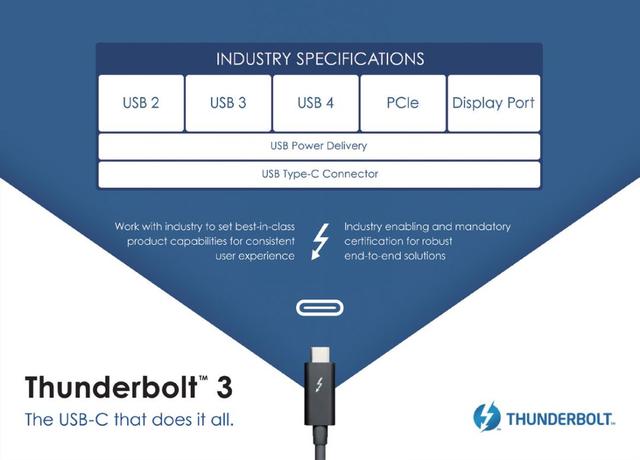
In future, new standard of USB Type-C interface will include technology of Thunderbolt 3 and be compatible to all applications
Because Thunderbolt 3 and relevant transmission technology belong to Intel’s patents, so manufacturers need to pay the patent fees for Intel. Besides, Thunderbolt 3 must adopt the specific chip in order to reach such a high speed. And, Intel has also launched several types of chips for sales so that the prices of chips are not so cheap.
In addition, the devices using Thunderbolt 3 interface needs the certification of Intel, which needs time and extra fees. So the usage threshold of Thunderbolt 3 interface is lifted. Compared with the free USB standard, Thunderbolt 3 interface is likely to be “lonely voices”.
A typical example that there are only 463 devices gaining the certifications of Intel from 2015 to now, which is not so satisfied. Even some manufacturers in the first generation products support the Thunderbolt 3 interface. On the contrary, what people regret is that some manufacturers’ problems of the penetration and patent licensing fees in the second generation products return to the USB standard.
In order to accelerate the penetration of Thunderbolt 3 and especially provide supports of Thunderbolt 3 interface for a majority of popular mobile devices, Intel in the May of 2017 decided to exempt the licensing fees of Thunderbolt 3 interface from 2018, but the standard protocol is not completely opened and still needs to be restricted by Intel.
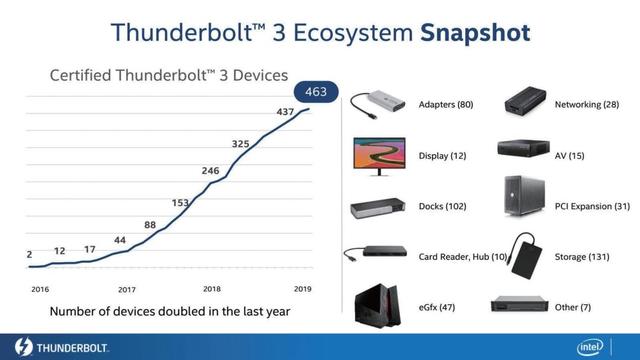
The growth rate of Thunderbolt 3 is extremely slow
Until March of 2019, the deliberate Intel has taken further step to open all standards of Thunderbolt 3 interface to USB promotion organization. From now on, each of manufacturers based on this standard can freely design and produce relevant devices which support Thunderbolt 3. Then, USB IF has announced that relevant standard of Thunderbolt 3 will be included into USB 4 standard. After the interfaces of Thunderbolt 3 and USB are unified, they finally unify the standard.
According to the current information, the new USB 4 interface will include Thunderbolt 3 standard. And, the transmission rate of USB 4 will reach 40Gbps, which is double faster than USB 3.2 Gen 2×2 released recently. The other relevant characteristics of Thunderbolt 3 like 100W power supply and supporting video transmission are included by USB 4. What’s more, the all patents and certifications of USB 4 are similar to the current USB devices. Manufacturers themselves can develop relevant matching devices like transmission chip without certification, which facilitate the expansion and penetration of USB 4. In terms of interface specification, USB 4 has Type-C only and not supported other interfaces plans. And, Type-A and Type-B are phased out.
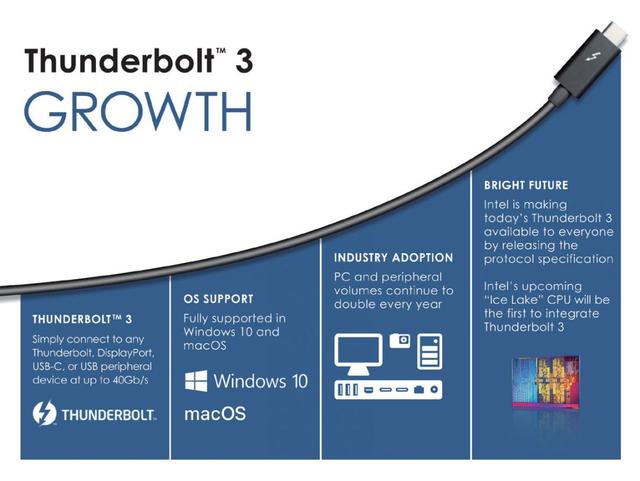
USB organization officially includes Thunderbolt 3 standard into USB 4.
Finally, let’s take a look at the release date of the relevant standards. The USB 4 standard is making and it is expected to launch in 2020. In terms of relevant products, Intel 10nm processor has already considered to include the native support of Thunderbolt 3. So there are no technological problems for USB 4 native support, which still needs to wait until the end of 2019 or the beginning of 2020.
In conclusion, the release of USB 3.2 and USB 4 has accelerated the development of high-speed interface in our daily life, facilitating the transfer and replication of data. Predictably, when the USB 3.2 and even USB 4 become main interface, a universal interface will emerge. And, display with one line can finish the transmission of electric energy and signal to facilitate people’s life.

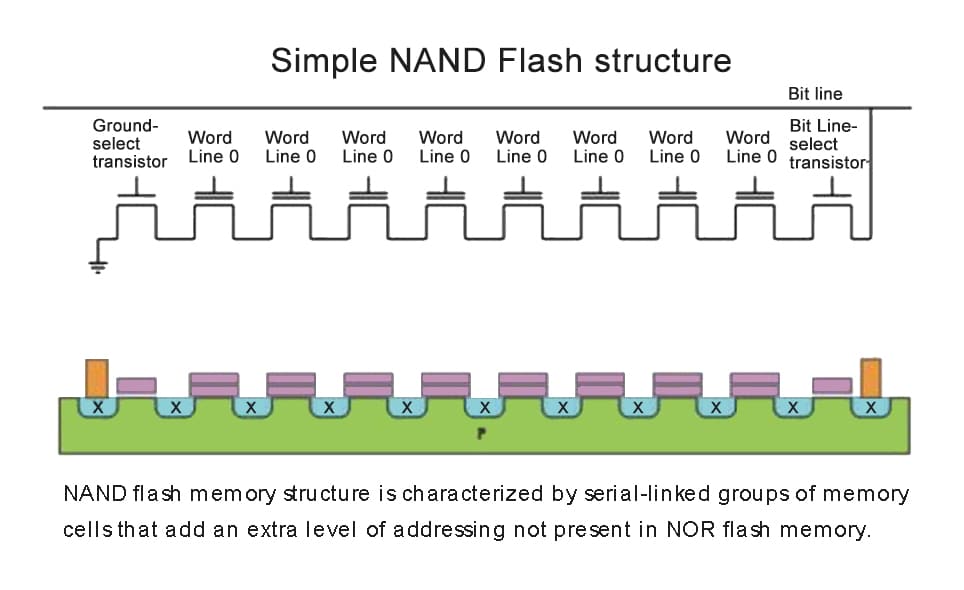
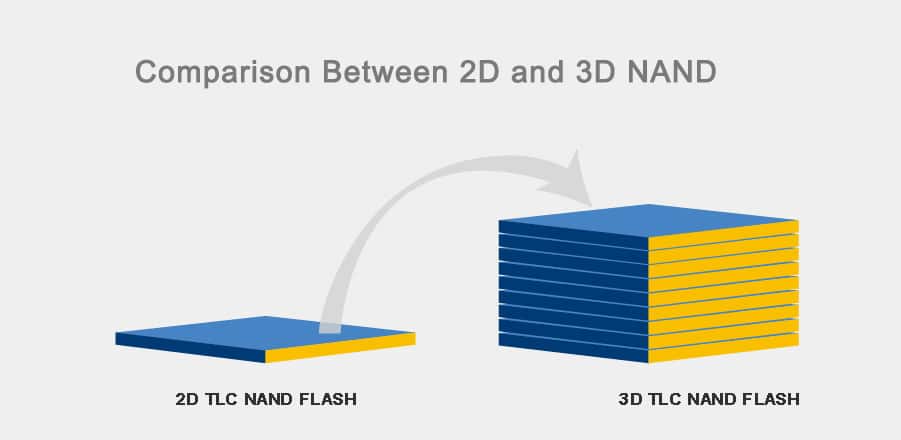
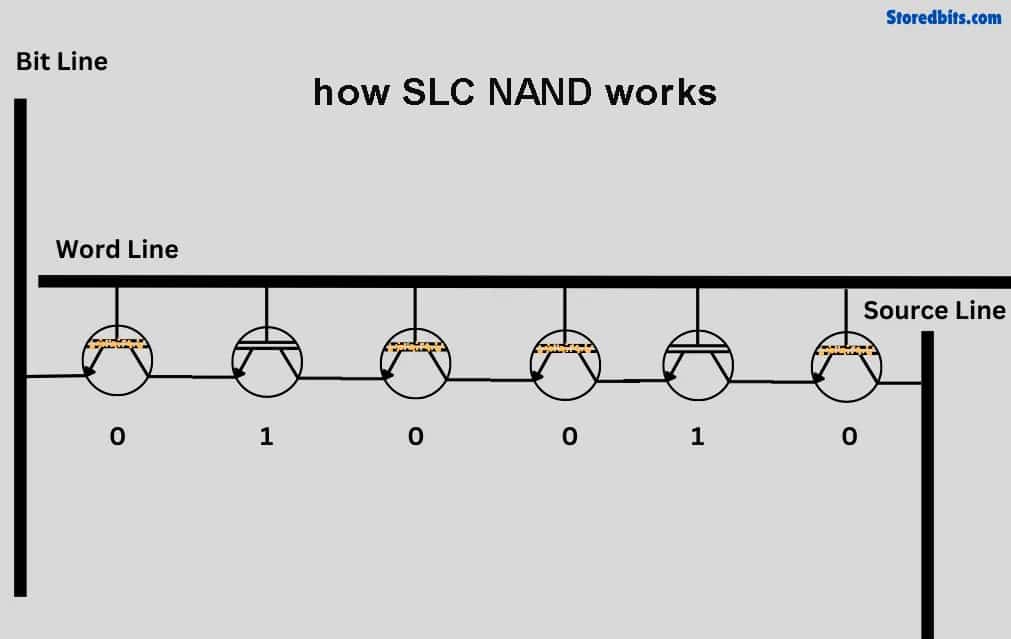
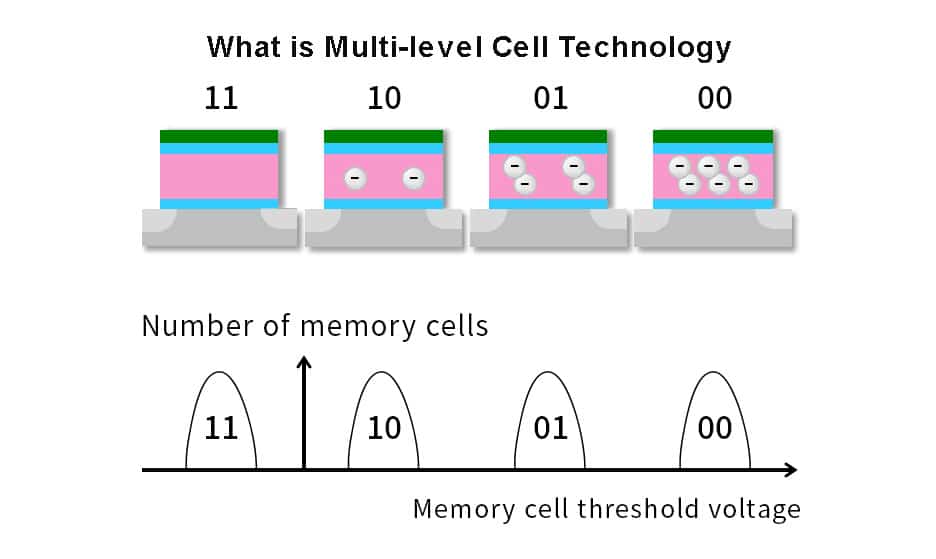
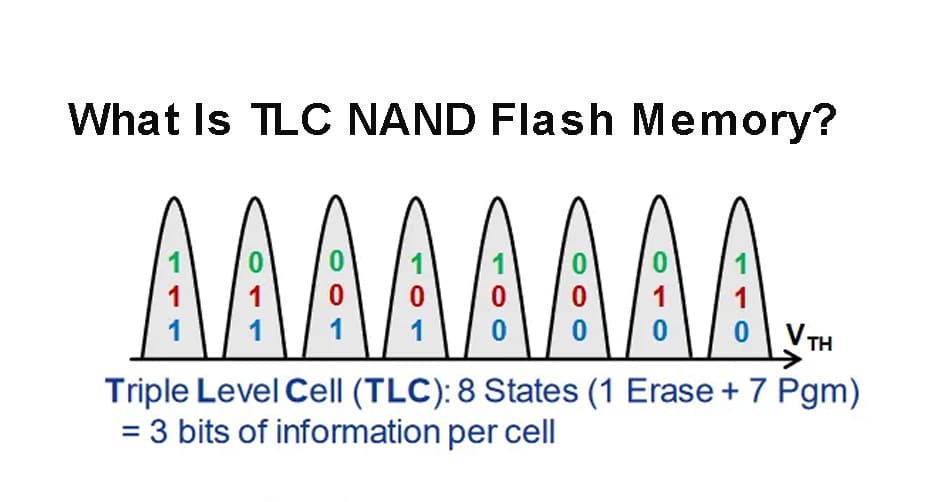
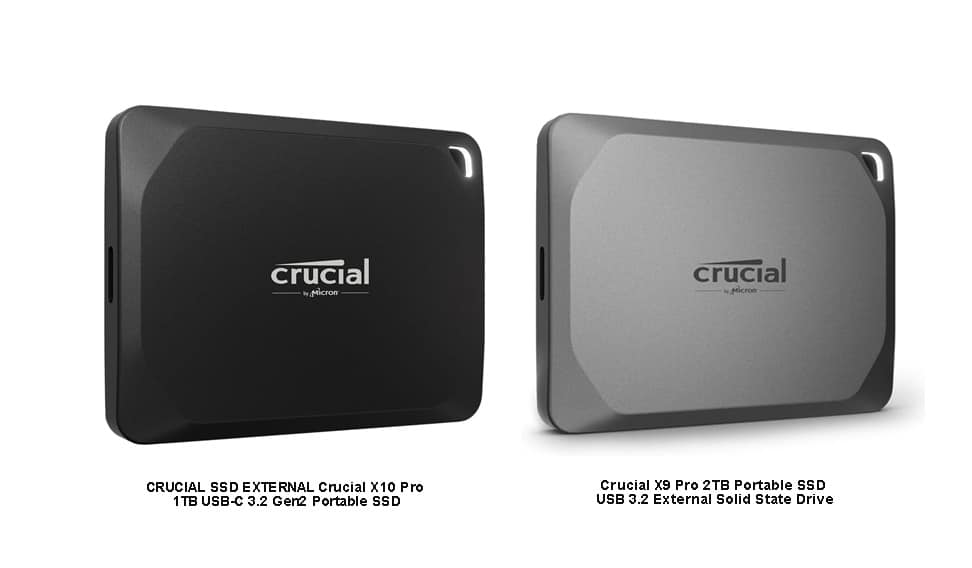
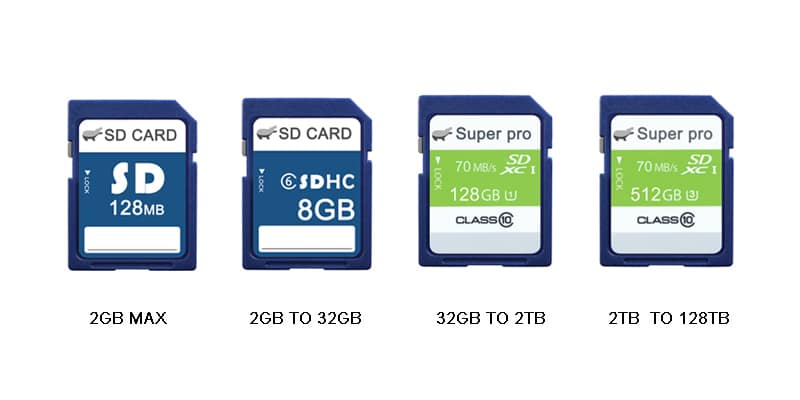
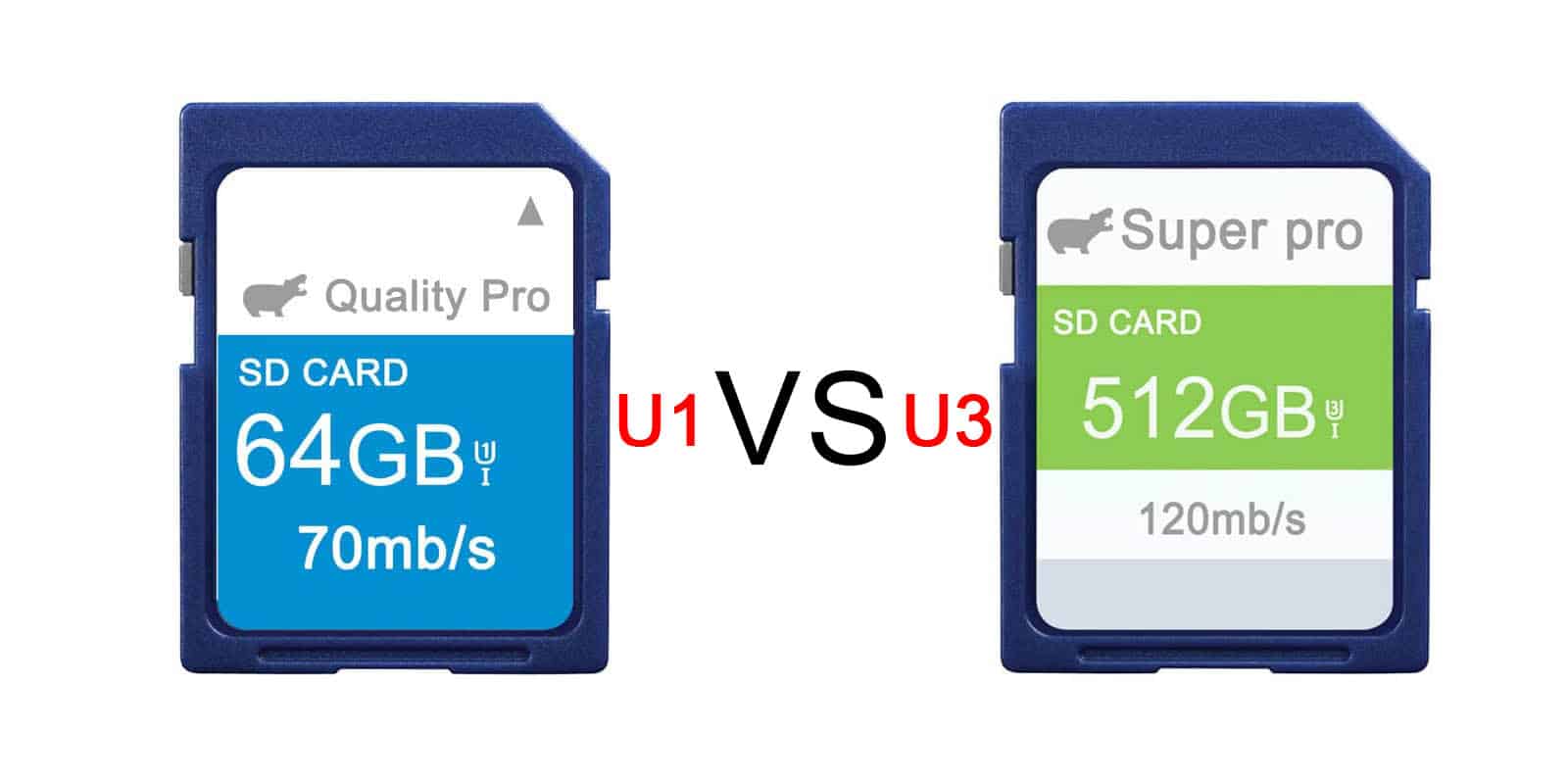
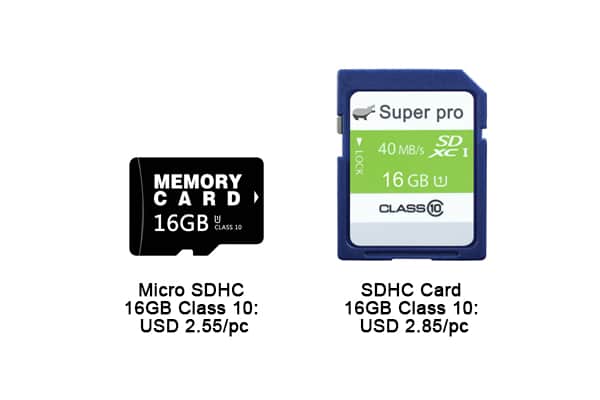
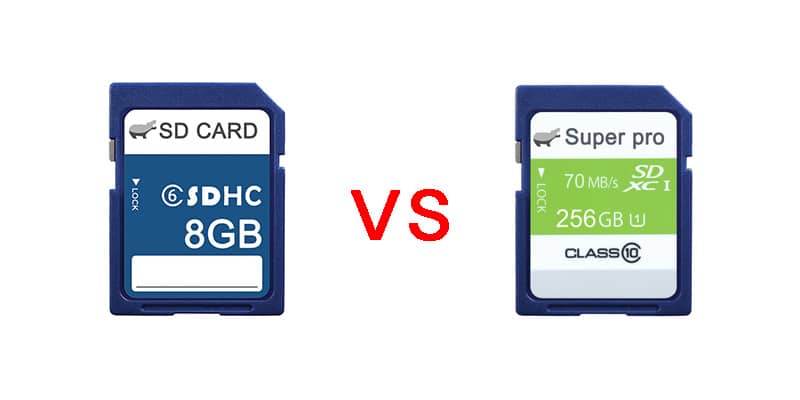
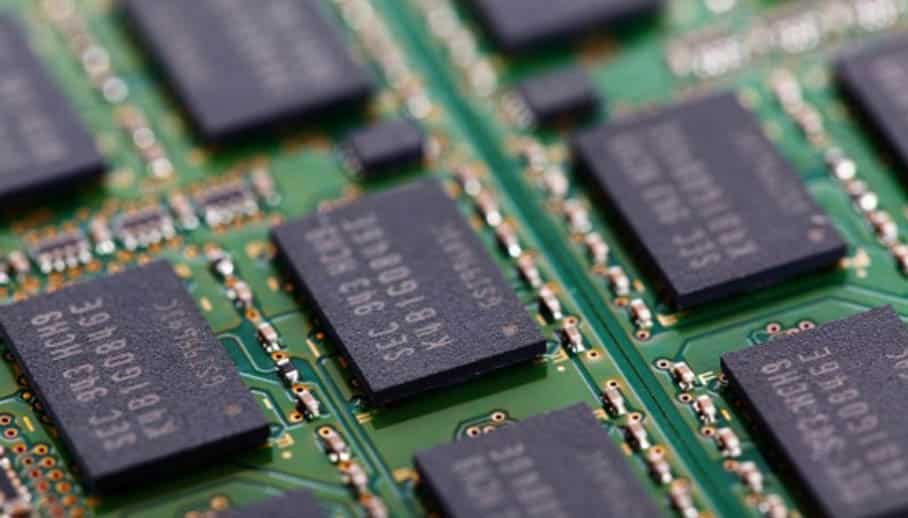
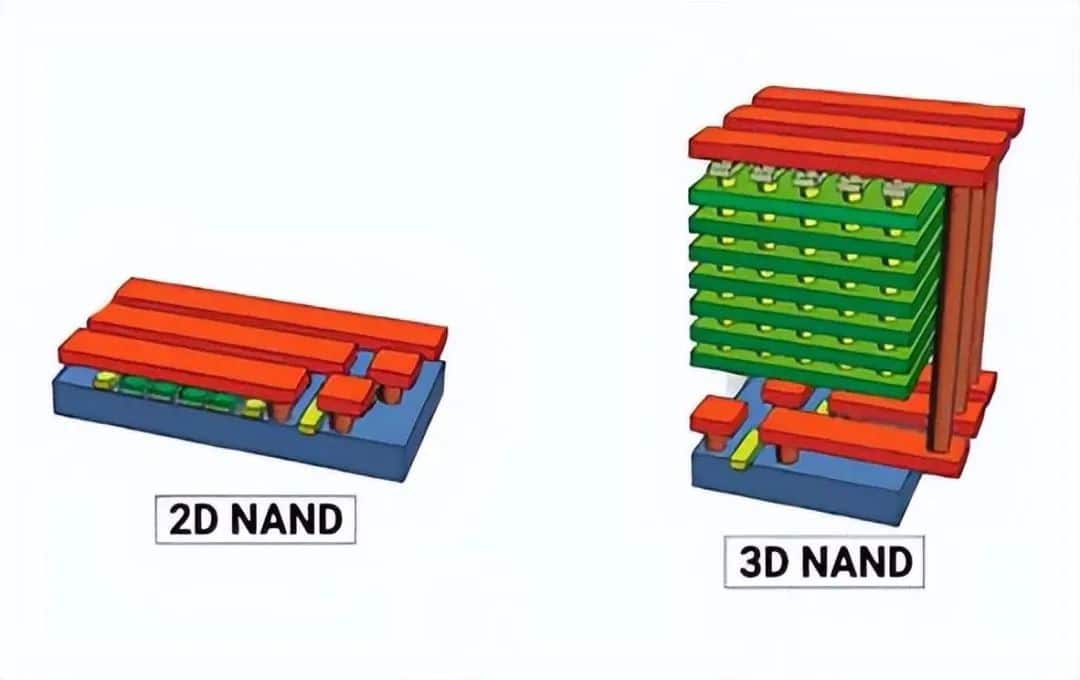

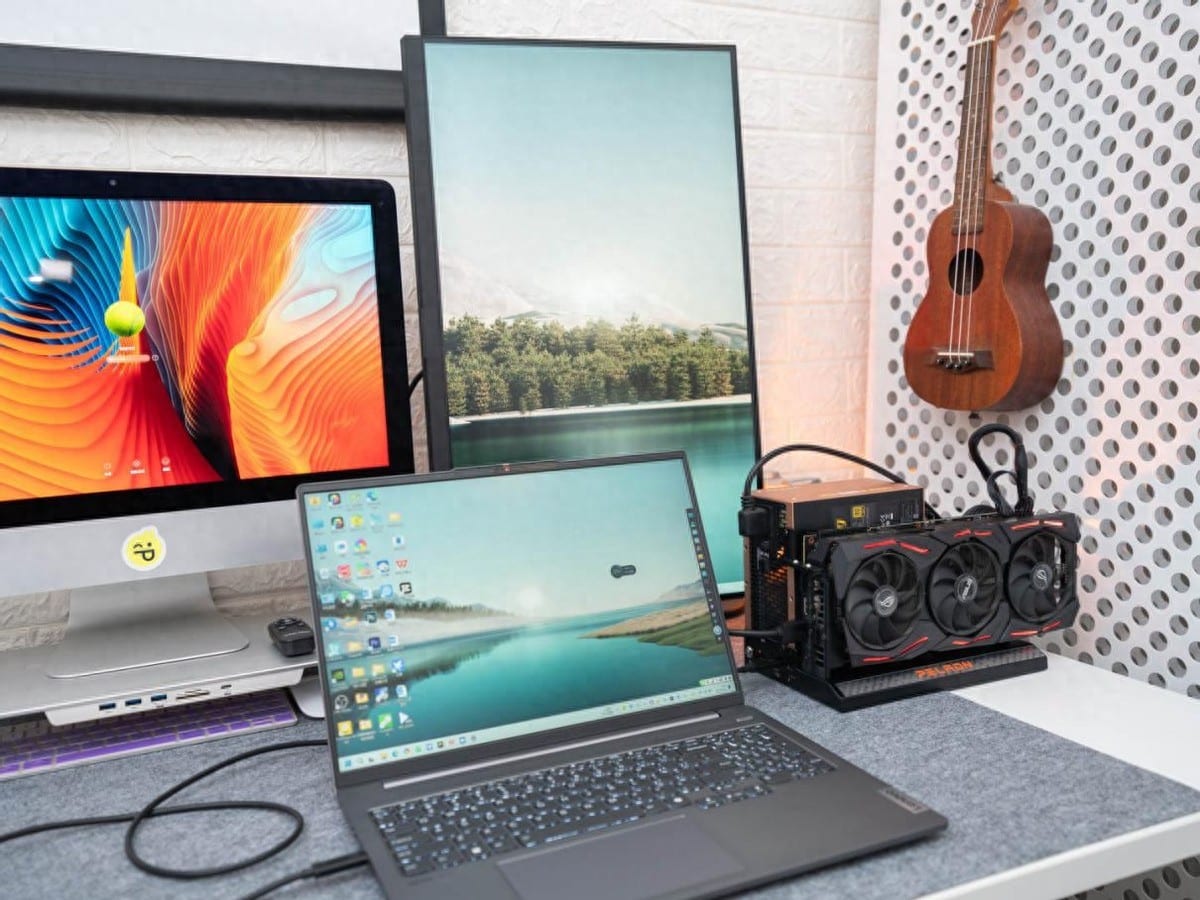
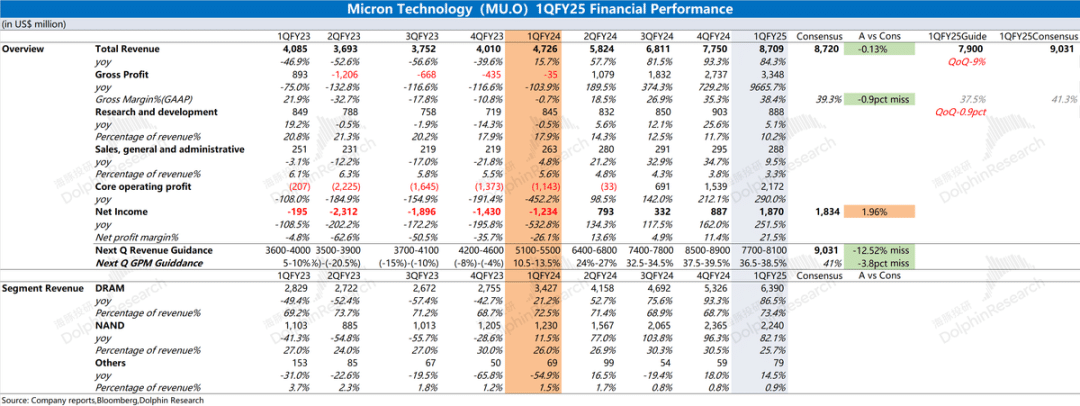
Leave a comment